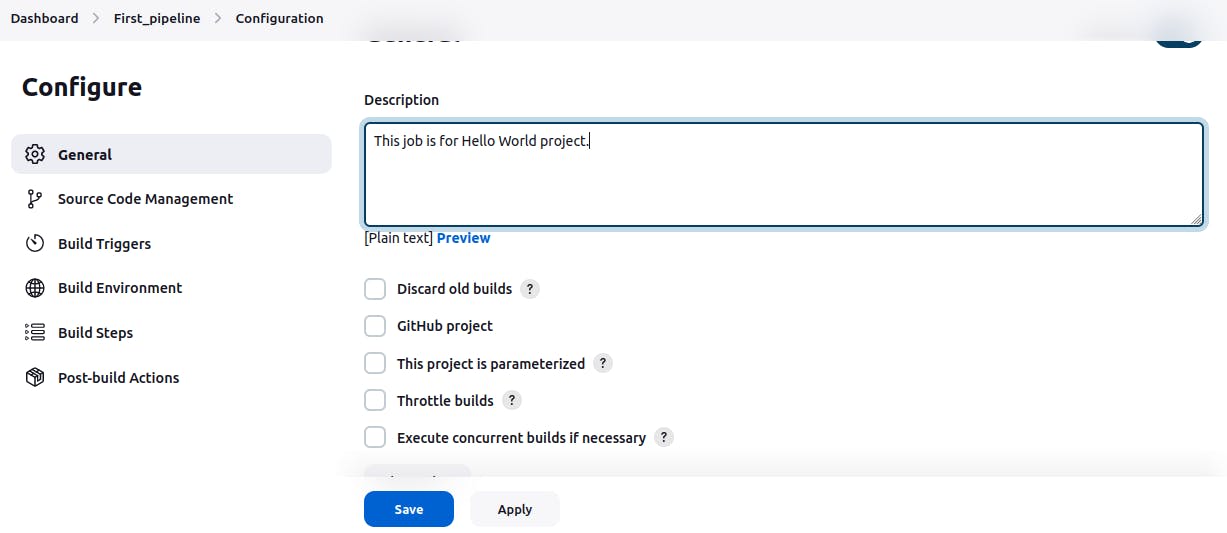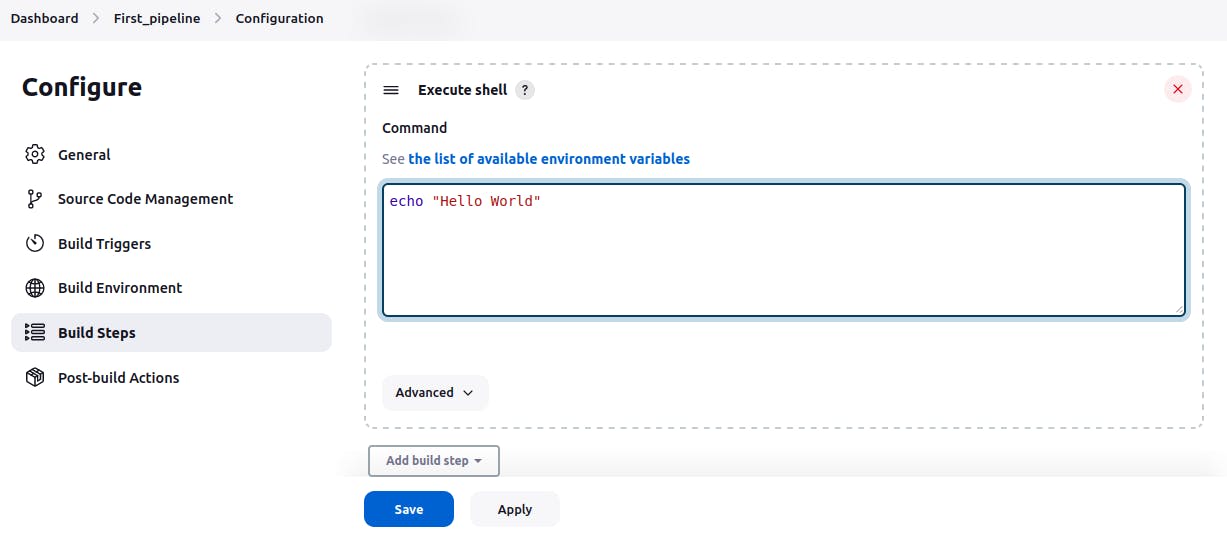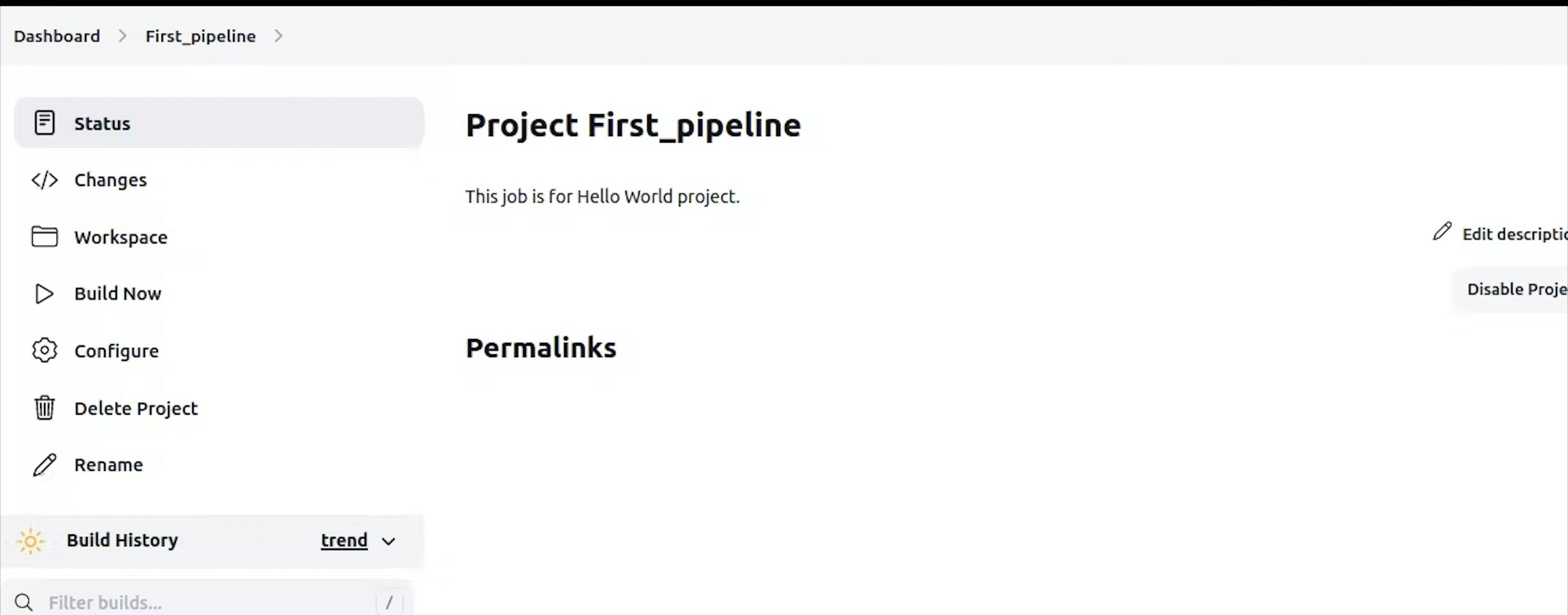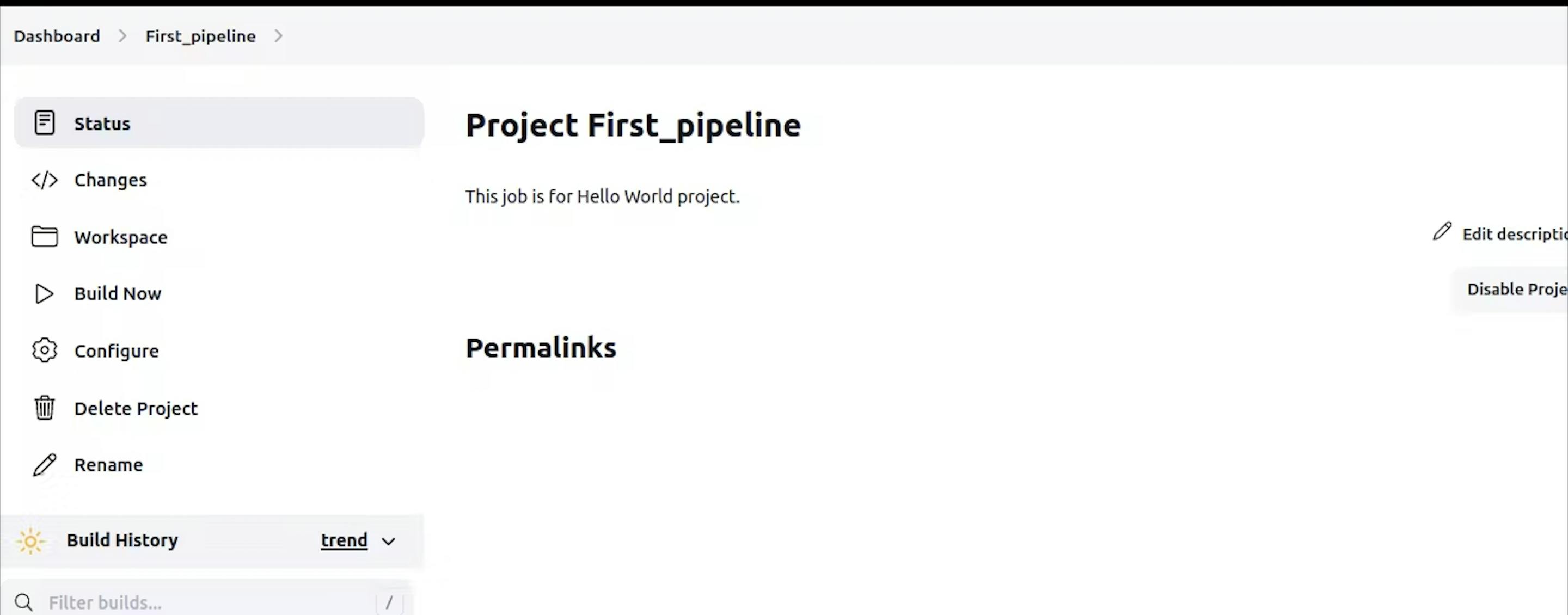Table of contents
What is Jenkins ?
Jenkins is an open-source automation tool widely used for continuous integration and continuous delivery (CI/CD) of software projects. It helps developers automate the process of building, testing, and deploying code changes to production environments, making the software development lifecycle more efficient and reliable.
Key features of Jenkins include:
Continuous Integration (CI): Jenkins allows developers to integrate code changes from multiple team members into a shared repository continuously. Whenever code changes are pushed to the repository, Jenkins can automatically trigger build and testing processes.
Continuous Delivery (CD): Jenkins facilitates the delivery of software changes to various environments, including staging and production, by automating the deployment process. It helps in reducing the risk of manual errors and ensures consistent deployments.
Plugin Support: Jenkins provides a vast ecosystem of plugins that extend its functionality. These plugins enable integration with various tools and services, such as version control systems (e.g., Git, SVN), build tools (e.g., Maven, Gradle), testing frameworks, and deployment platforms.
Scalability: Jenkins can be scaled to accommodate complex build pipelines and distributed build environments, allowing it to handle larger projects and teams effectively.
Jenkins has become an essential tool for modern software development practices, enabling teams to automate repetitive tasks, improve collaboration, and deliver high-quality software at a faster pace. Its open-source nature and active community support have contributed to its widespread adoption across various industries and development teams of all sizes.
Task :
--> What you understood in Jenkins, write a small article in your own words.
Jenkins is an open source automation server. It helps automate the parts of software development related to building, testing, and deploying, facilitating continuous integration and continuous delivery.
Jenkins is a tool written in the Java programming language.
--> Create a freestyle pipeline to print "Hello World!!
- Jenkins uses port 8080.
- Log in to Jenkins and navigate to the main dashboard.
Click on the "New Item" button on the sidebar as shown in below image.

Give your project a name, select "Freestyle project" as the job type and click on "OK" button.

After this you will reach a configure page where you have different option like source code management, build triggers, build environment, and build steps that help you to manage your job.

provide description as per need, choose none in source code management as we are creating simple project.
Now In the "build section" we have an option ‘Execute Shell’ by which we can write some commands or code:

In the build step, you can specify the task you want to perform, such as executing shell commands, running scripts, or building with a specific tool.
In the command field, enter the command to print "Hello World", such as echo "Hello World"

once you've configured your project, click on the "Save" button to create the project.
You can now run the project by clicking on the "Build Now" button.

Check the Console Output for "Hello World" message.

Thank You for Reading My Blog.. 👍
Connect with me : linkedin.com/in/shivraj-salunkhe-5881141a4
Follow my Blog channel : shivrajofficial.hashnode.dev